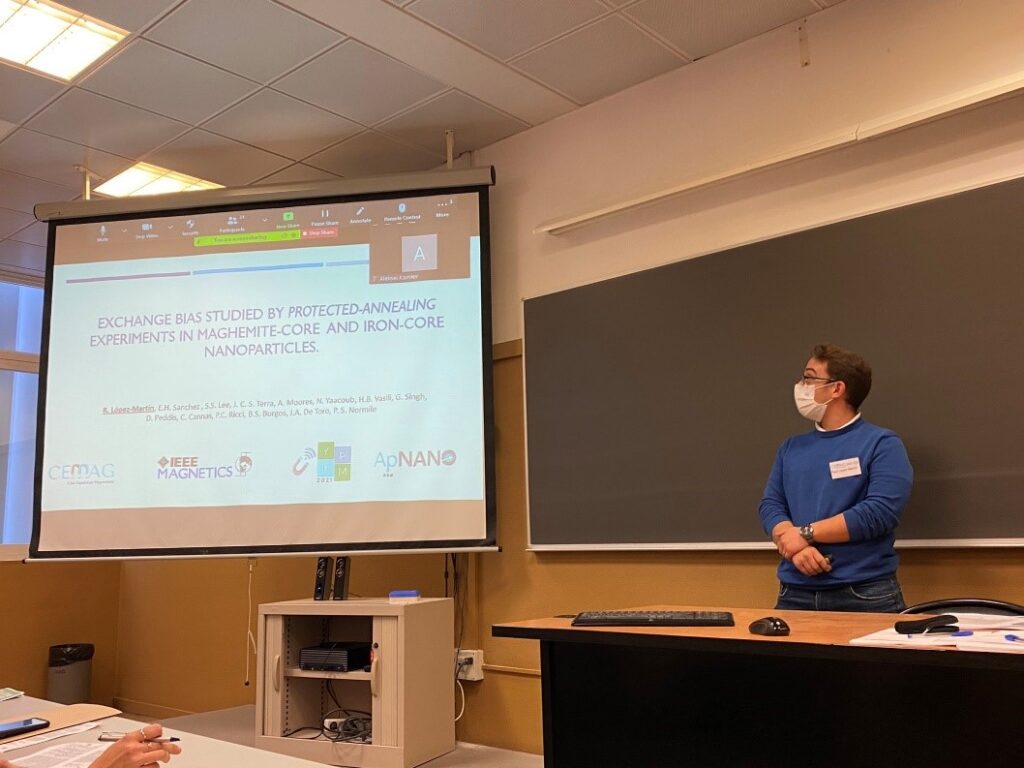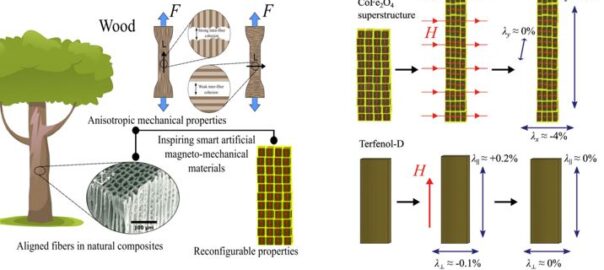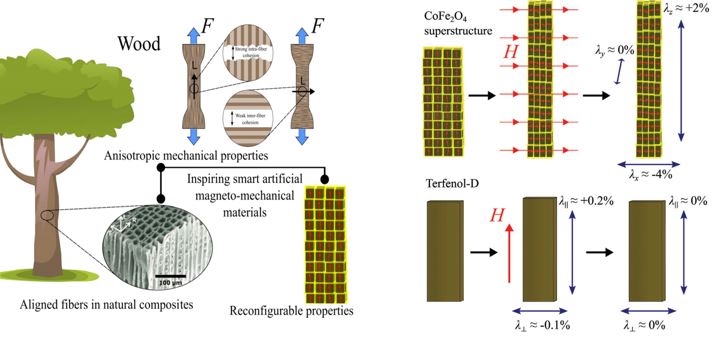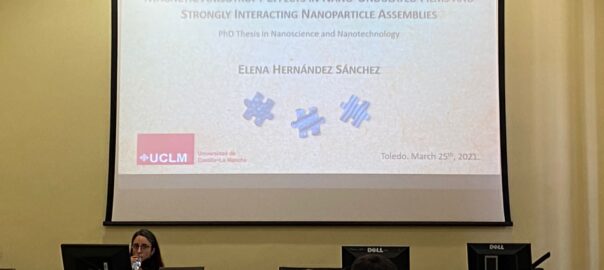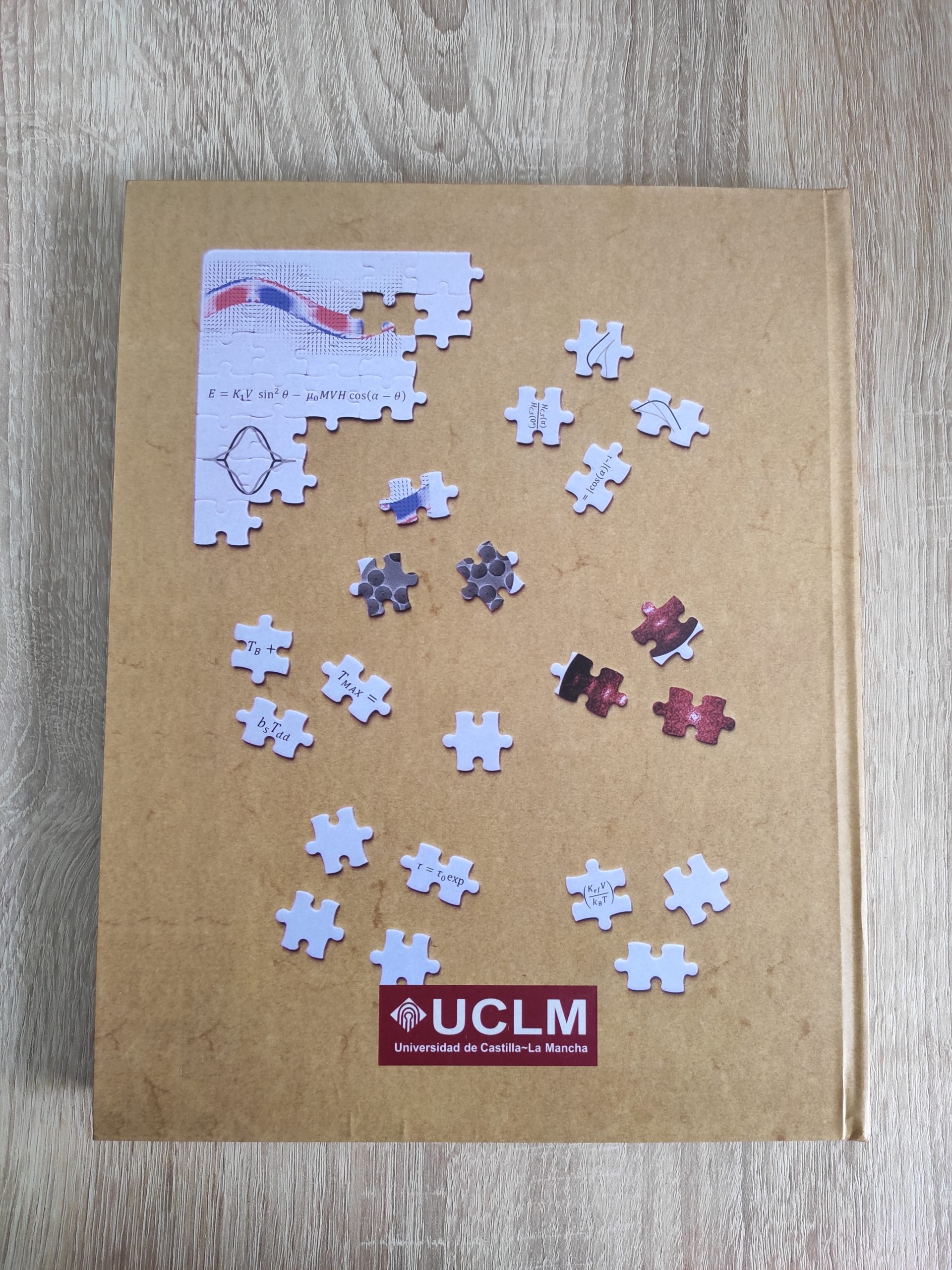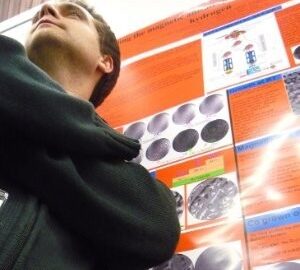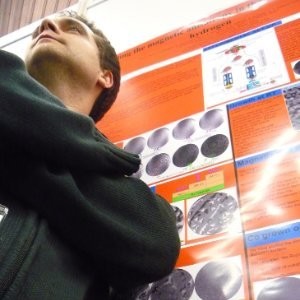Raúl López Martín has presented the early results of his research work entitled “Exchange bias studied by protected-annealing experiments in maghemite-core and iron-core nanoparticles” at the 5th Young Researchers in Magnetism (YRinM). In this work, the evolution of the exchange bias field coming from the surface spin disorder shell of magnetic silica-coated nanoparticles upon annealing is studied. Magnetic as well as structural measurements are key to understand the influence of the annealing temperature on the magnetic behavior of these nanoparticles.
Very nice talk, Raúl. Keep going!
